Excerpt from Jeffrey Hou’s chapter in Beyond Zuccotti Park that was featured in Places: Design Observer with beautiful and rich visuals:
On the streets near Yoyogi Park in Tokyo, young musicians defy the official rule and transform the sidewalks into a performance space. In the entrance to the HSBC Headquarters in Hong Kong, Filipino guest workers congregate on Sundays and the generic corporate foyer becomes a festive gathering place. In East Los Angeles, Latino residents have retrofitted streets, buildings and residential front yards to support a culturally richer and more vibrant social life. Every day, vendors from Mumbai to Madrid repurpose city streets into temporary markets — legal or illegal. Across North America, immigrant groups have created sanctuaries and refuges in ethnic malls and multicultural neighborhoods and suburbs. These are just a few examples of how citizens are reshaping public spaces — and urban life — in cities around the world. [1]
But beyond such everyday occurrences, citizen actions in urban spaces can also galvanize transformative political events. Witness the Arab Spring, Occupy Wall Street, and the recent rallies from Athens, Greece, to Madison, Wisconsin. In each case protestors and activists have taken over urban spaces and transformed them into sites of action, meaning, and possibility. And these instances of personal and collective action suggest not only the capacity of human agency to modify the structure of the city and the society; through individual and collective action, protestors are mobilizing not only themselves but also the very notion of the public in public space.
The distinction between public and space, or actions and vehicles for actions, is an important one as we examine the implications of OWS at Zuccotti Park and beyond.
Read the full entry.
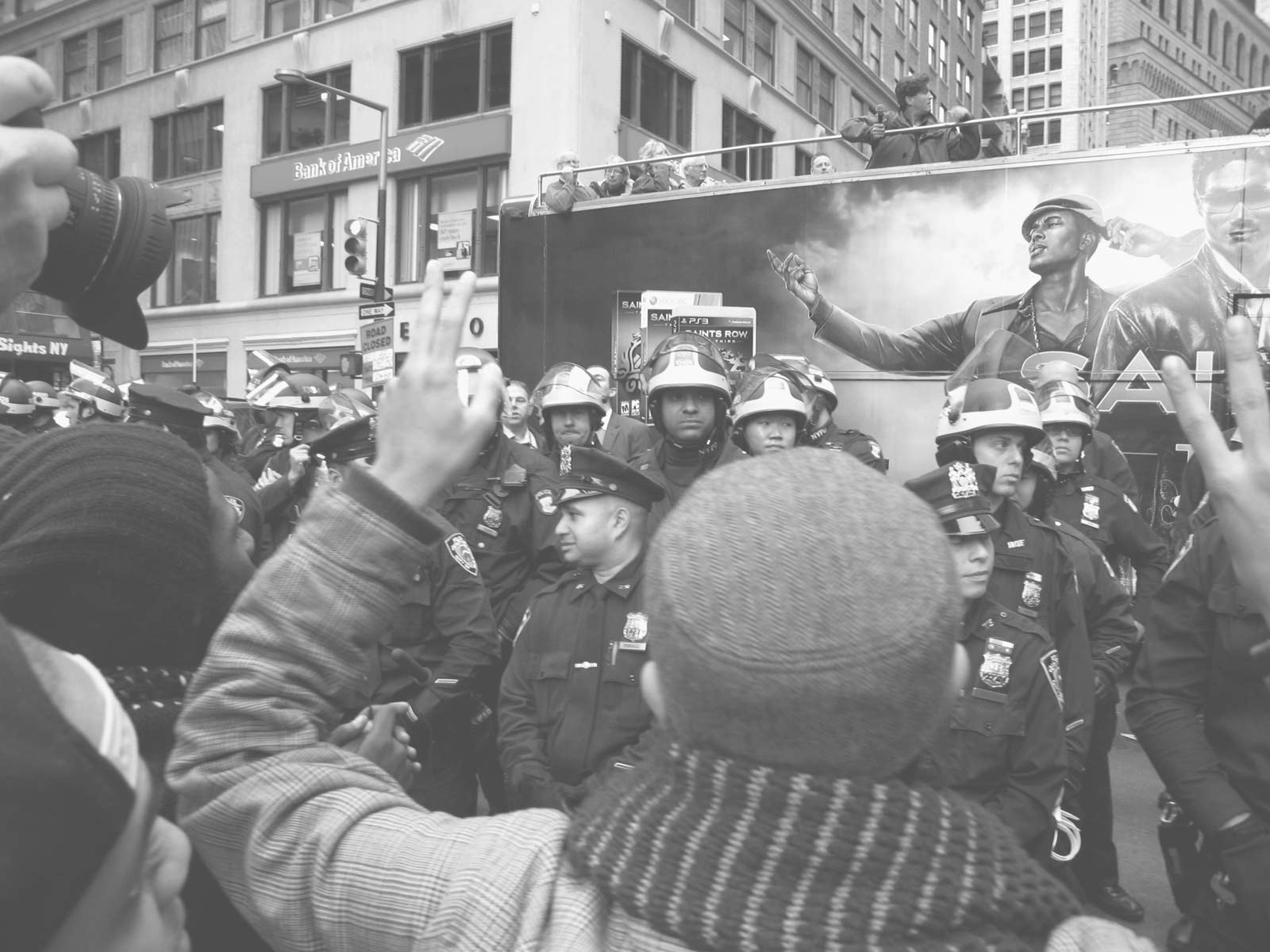
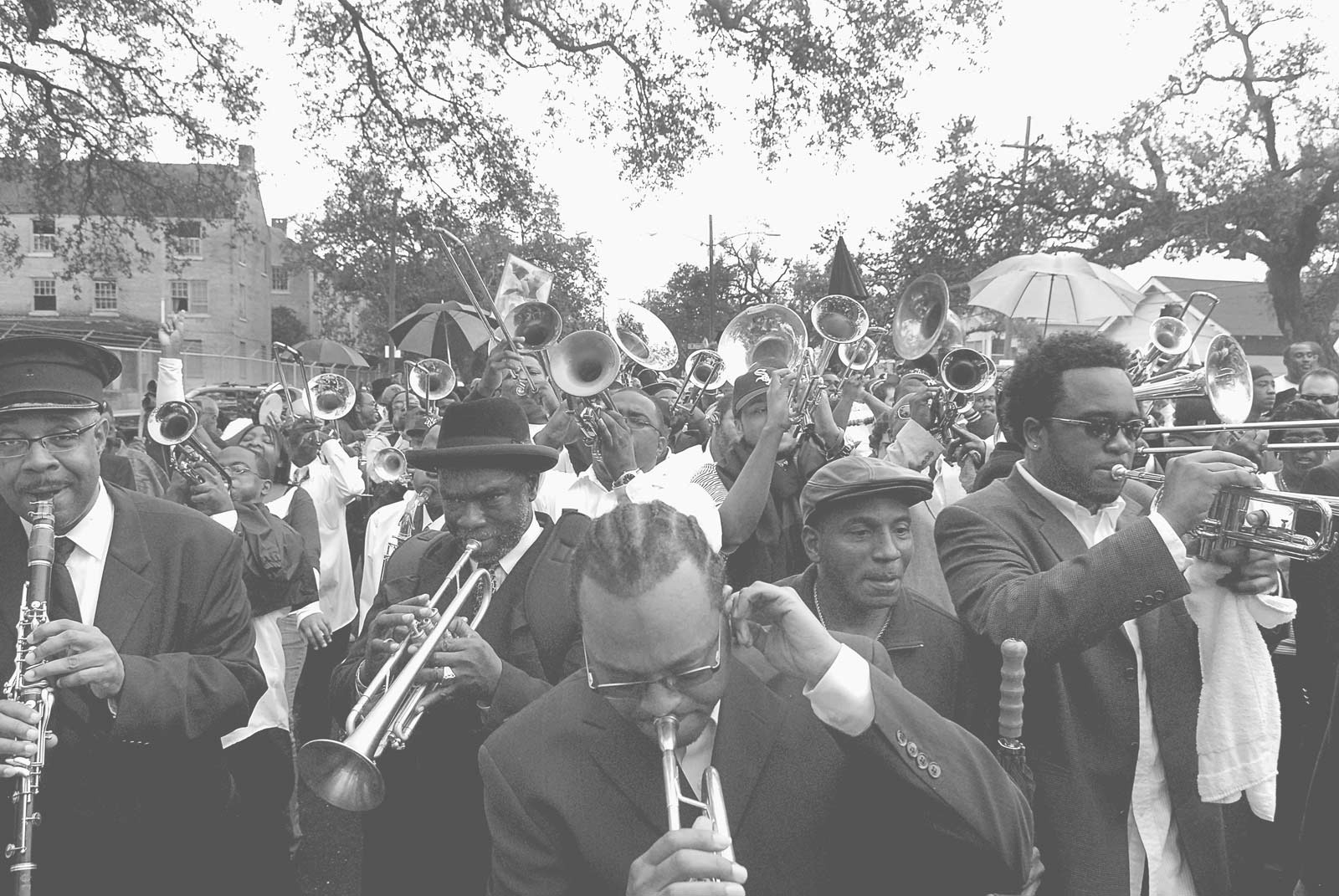
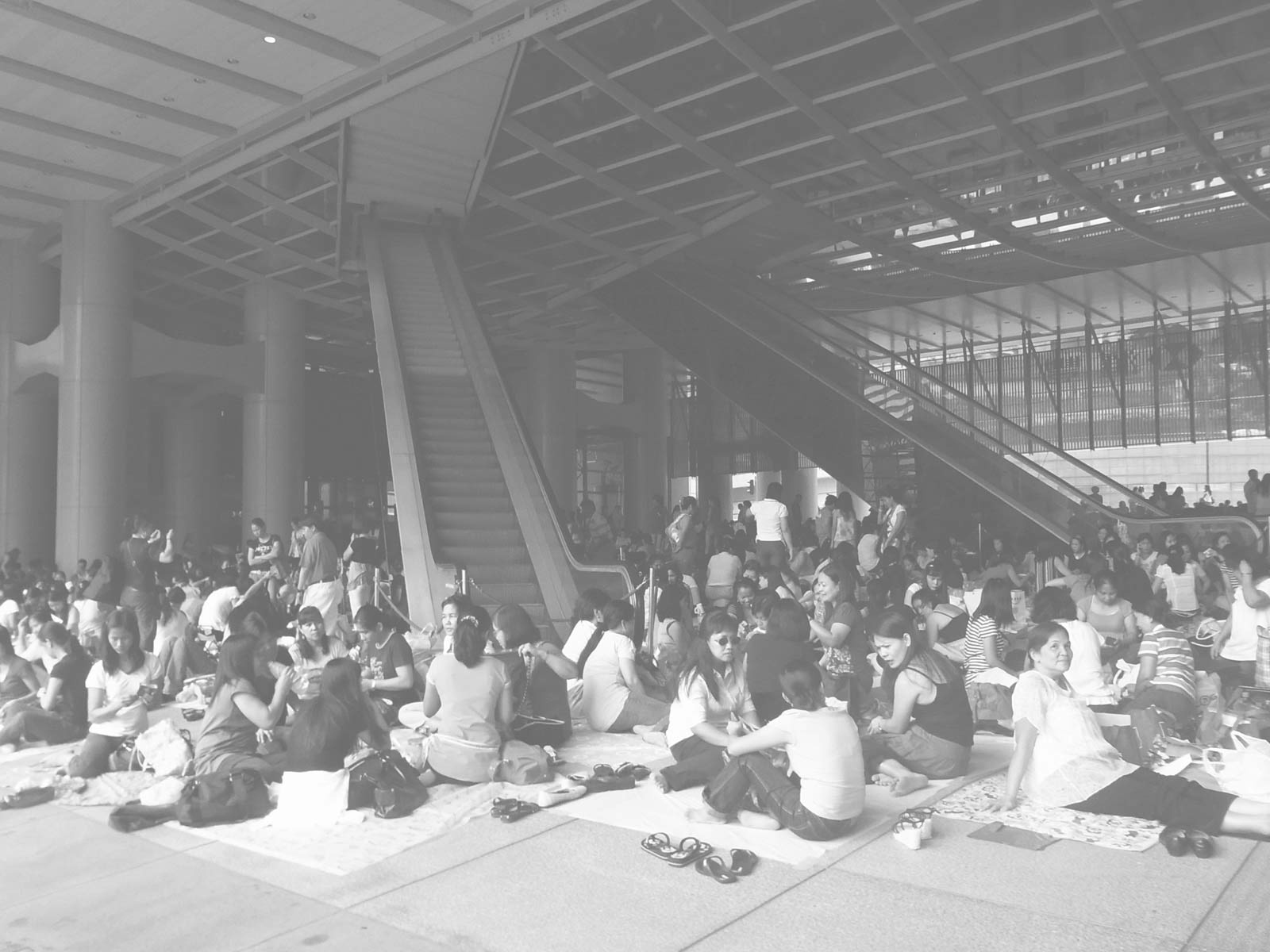
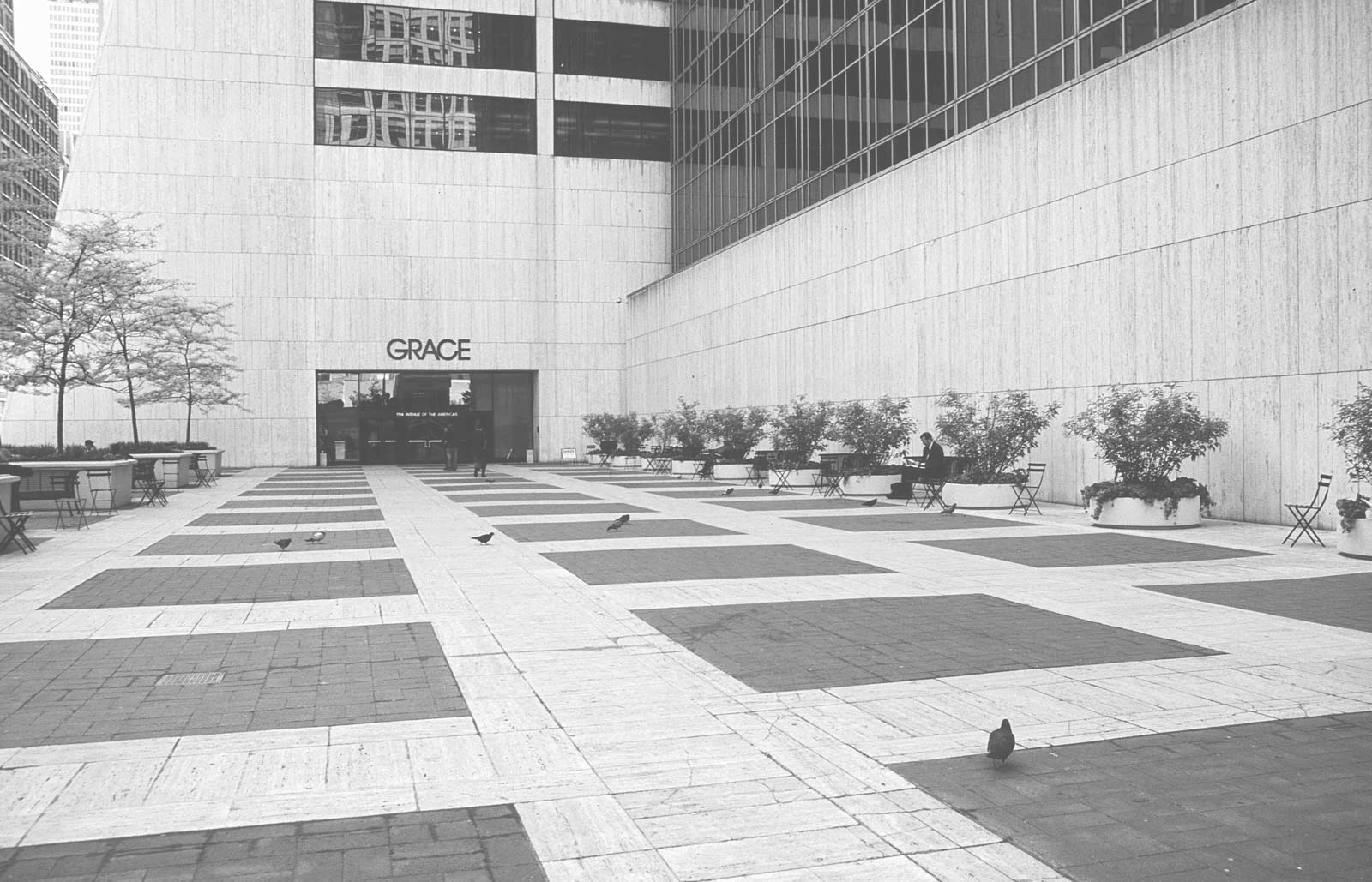
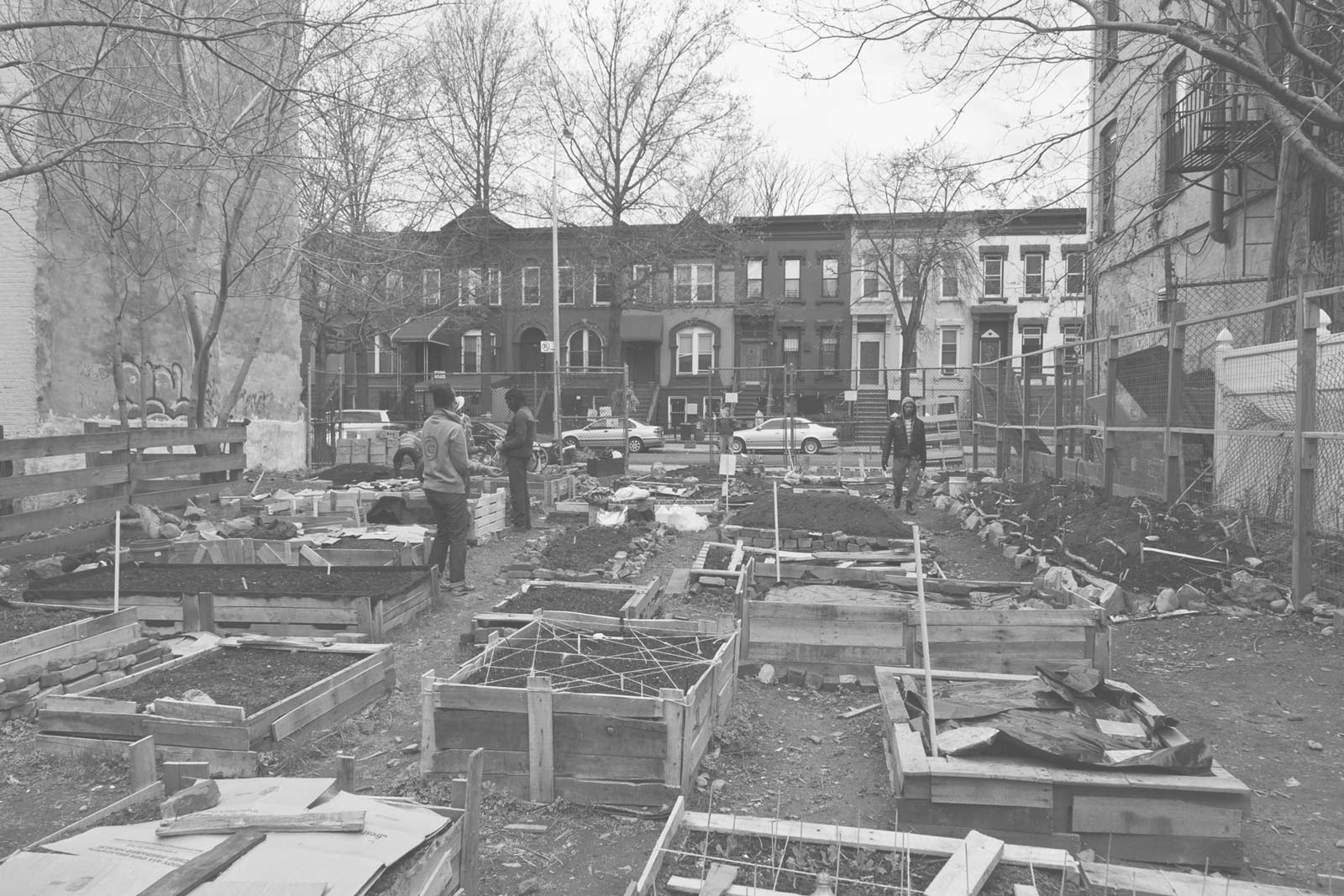
Follow Us!